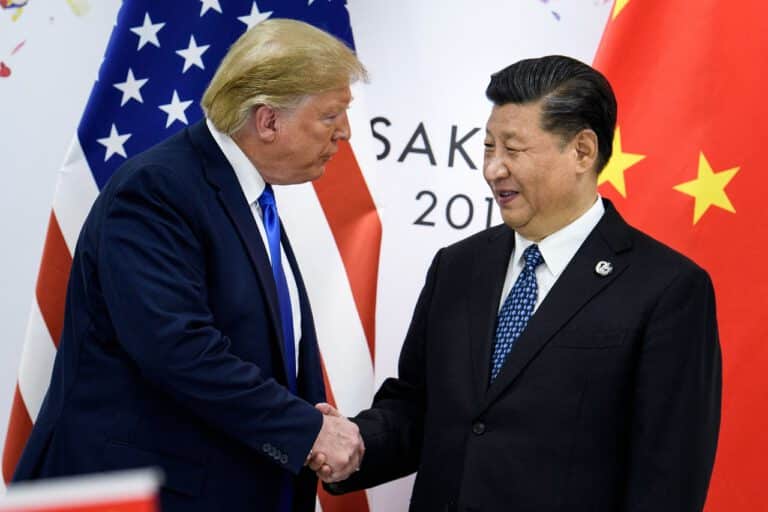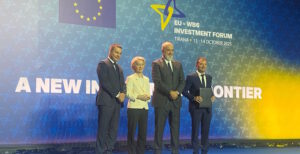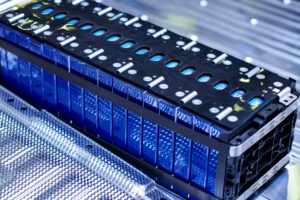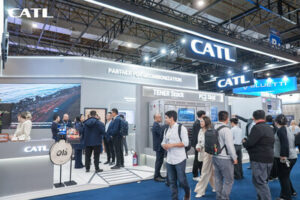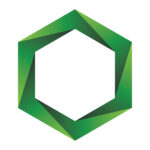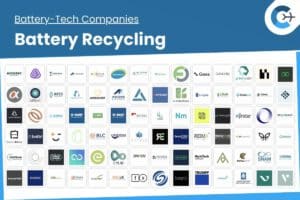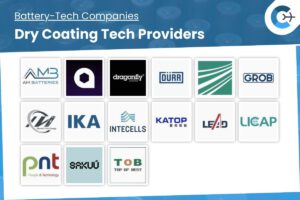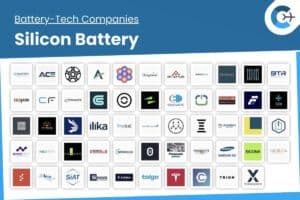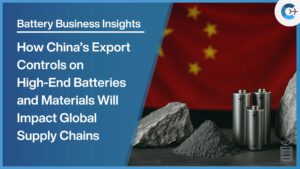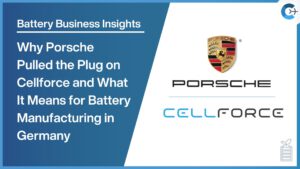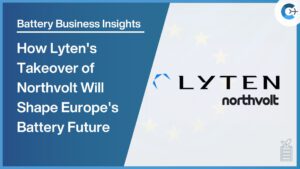The United States has implemented a substantial 145 percent tariff on Chinese-made lithium-ion batteries used in energy storage systems (ESS), benefiting South Korean battery manufacturers. This tariff increase is part of the second Donald Trump administration’s efforts to reduce the competitive advantage of Chinese batteries in the US market, where they previously thrived due to lower tariffs compared to electric vehicle (EV) cells.
On April 10, the White House announced that tariffs on Chinese imports would rise from 34 percent to 125 percent, in addition to an existing 20 percent tariff. This move aims to address broader concerns, including the influx of fentanyl from China, effectively increasing the cost of Chinese products by approximately 2.45 times.
A report by the Atlantic Council, a Washington-based think tank, highlighted that China exported lithium-ion batteries worth $15.3 billion to the US last year. With the new tariffs, the value of these exports could increase to around $37.5 billion this year if trade volumes remain consistent, making Chinese batteries significantly more expensive in the US market. South Korean market tracker SNE Research noted that Chinese companies held an 87 percent share of the North American ESS battery market during the same period.
“Chinese lithium iron phosphate (LFP) batteries have been well-received in the US due to their competitive pricing over Korean rivals,” said an industry source on condition of anonymity. “These LFP products, which allow for a larger number of cells to be used compared to EVs, where the battery space is smaller, have been preferred by data centers for their cost efficiency.”
The source added, “Although Trump has left the door open for negotiations, Beijing is not budging, implementing stronger retaliative measures. Even if Washington-Beijing talks come through and reduce the tariffs set by the US, it will be unlikely for Trump to completely walk back on his tariff threat against China to return the rates to the previous 10.9 percent levy on Chinese ESS batteries.”
China had dominated the ESS market in the US by maintaining low battery export prices per kilogram, significantly outpacing South Korean competitors. As of last November, Chinese exports to the US reached 678,000 tons, compared to South Korea’s 58,000 tons, according to the Atlantic Council.
South Korean companies are adjusting their strategies to capitalize on the tariff changes. LG Energy Solution is focusing on cost-effective LFP batteries for the US market and plans to accelerate the mass production of LFP pouch cells at its Michigan plant. Samsung SDI is advancing both high-end nickel-based cells and LFP products, recently securing a $301 million deal with NextEra Energy. SK On is preparing to launch LFP pouch cells for ESS by late 2025, targeting the US market through its Georgia plant and joint ventures with Hyundai Motor Group and Ford.
According to Global Market Insights, the US ESS sector is projected to grow from $10.67 billion last year to $1.49 trillion by 2034, with an average annual growth rate of 29.1 percent.
Source: The Korea Herald

